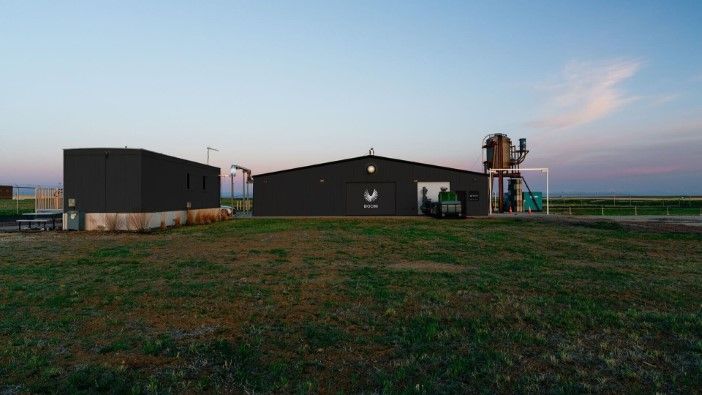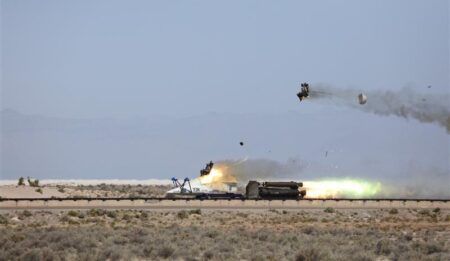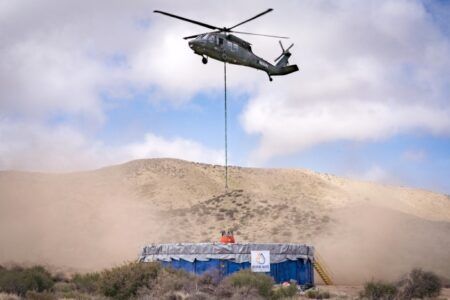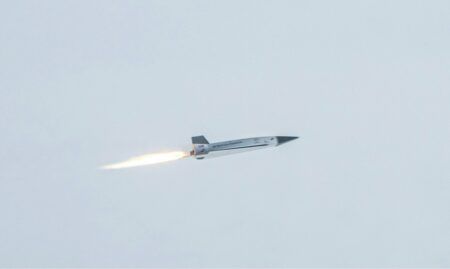A former hypersonic facility at the Colorado Air & Space Port is set to become the first independently-owned supersonic engine test center.
Boom Supersonic has selected a site at the Colorado Air and Space Port in Watkins to conduct tests for its Symphony propulsion system. The company is investing up to US$5 million to prepare the former hypersonic development facility for supersonic engine testing scheduled to begin later this year.
Symphony is a medium bypass turbofan engine optimized for supersonic flight and designed specifically for Boom’s Overture airliner. The Colorado test site, located 35 miles (56km) from Boom’s headquarters, will initially support testing of Symphony’s prototype core.
“Symphony is rapidly advancing from concept to reality. By leveraging an existing site, Boom will have the first independently-owned supersonic engine test facility for less than it would have cost to rent a government facility,” said Blake Scholl, founder and CEO of Boom Supersonic.
The prototype core measures 12ft (3.6m) long and 4ft (1.2m) in diameter, comprising the high pressure spool of the engine including the compressor, combustor, and turbine components. Data collected from these tests will help Boom refine engineering and manufacturing designs for the complete engine.
The facility includes a control room and advanced instrumentation. Boom plans to expand the site in 2026 to accommodate full-scale testing of the entire Symphony turbofan prototype.
In March, the Symphony engine passed a key technical review that enabled manufacturing launch. Multiple components have entered the manufacturing phase with engine assembly scheduled to start later this year. When Symphony moves into production, Boom will partner with StandardAero in San Antonio, Texas for engine manufacturing.
According to Boom, vertically integrating engine development enables additional capabilities for Overture, including “Boomless Cruise” – flying at supersonic speeds without creating an audible sonic boom on the ground. Symphony’s enhanced transonic performance allows Overture to efficiently accelerate to supersonic speeds above 30,000 feet where this technology becomes possible.
The company’s XB-1 demonstrator aircraft broke the sound barrier six times in January and February without creating a sonic boom heard on the ground, demonstrating the potential for overland supersonic flight with the Boomless Cruise technology.
Jeff Kloska, director of the Colorado Air and Space Port, said, “We are very excited to welcome Boom Supersonic to the Colorado Air and Space Port and to support the development of its revolutionary Symphony engine.”
Overture currently has 130 orders and pre-orders from United Airlines, American Airlines, and Japan Airlines. The aircraft will be manufactured at Boom’s Overture Superfactory in Greensboro, North Carolina, with these orders representing approximately five years of production.





